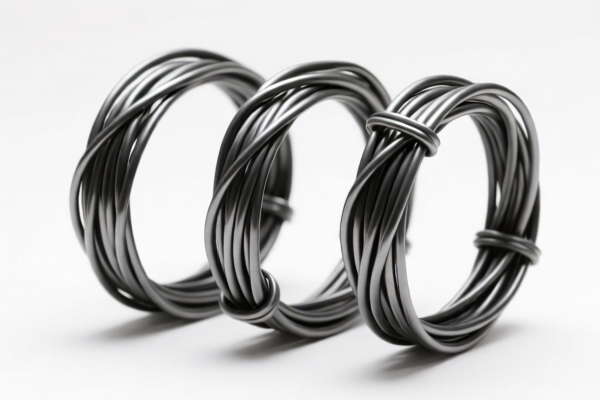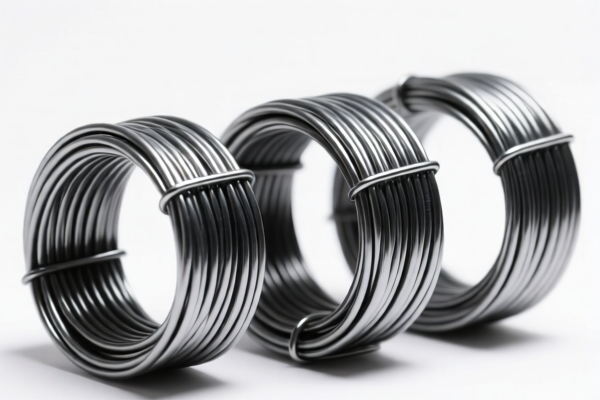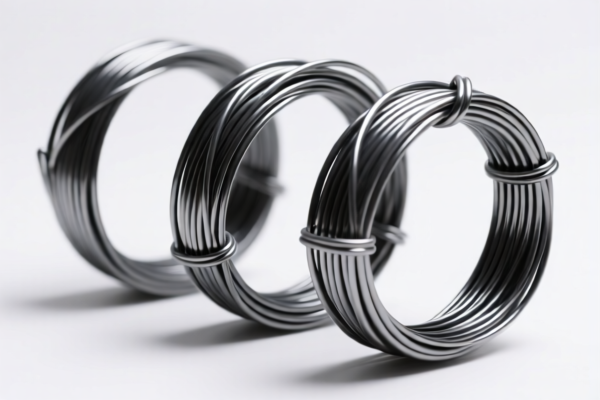| HS Code | Official Doc | Tariff Rate | Origin | Destination | Effective Date |
|---|---|---|---|---|---|
| 7304191020 | Doc | 30.0% | CN | US | 2025-05-12 |
| 7304390016 | Doc | 30.0% | CN | US | 2025-05-12 |
| 7305901000 | Doc | 30.0% | CN | US | 2025-05-12 |
| 7305391000 | Doc | 30.0% | CN | US | 2025-05-12 |




Iron Tube
An iron tube is a hollow cylindrical component constructed primarily from iron. Its properties and applications are highly variable, depending on the specific iron alloy used, manufacturing process, dimensions, and intended purpose.
Material
The term "iron tube" is broad, encompassing various iron-based materials:
- Carbon Steel: The most common form, offering strength and affordability. Varying carbon content dictates hardness and ductility.
- Cast Iron: Generally more brittle than steel but possesses good compressive strength and vibration damping characteristics. Often used where cost is a primary concern and high tensile strength is not required.
- Ductile Iron: An alloy of iron with a higher graphite content, providing increased ductility and impact resistance compared to standard cast iron.
- Wrought Iron: A historically significant, low-carbon iron with fibrous structure, known for its corrosion resistance and workability, though less common in modern applications.
- Stainless Steel: An alloy containing chromium, providing superior corrosion resistance and aesthetic appeal. Different grades exist with varying chromium content and other alloying elements.
Purpose
Iron tubes serve a vast range of purposes, including:
- Fluid Transport: Conveying liquids (water, oil, gas) and gases in plumbing, pipelines, and hydraulic systems.
- Structural Support: Used as components in building frameworks, scaffolding, and machinery.
- Mechanical Components: Serving as shafts, housings, and bearings.
- Heat Exchange: In boilers, radiators, and condensers.
- Protective Conduit: Enclosing and protecting electrical wiring or other sensitive components.
Function
The primary function of an iron tube is to provide a contained pathway or structural element. Specific functions depend on the application:
- Pressure Containment: Maintaining internal pressure in pipelines or hydraulic systems.
- Load Bearing: Supporting weight and resisting deformation.
- Thermal Conductivity: Facilitating heat transfer.
- Corrosion Resistance: Protecting enclosed materials from environmental degradation.
- Electrical Insulation/Conduction: Depending on the coating and material, iron tubes can act as insulators or conductors.
Usage Scenarios
- Plumbing Systems: Water pipes in residential and commercial buildings.
- Oil and Gas Industry: Pipelines for transporting crude oil, natural gas, and refined products.
- Construction: Scaffolding, structural supports, and handrails.
- Automotive Industry: Exhaust systems, chassis components, and hydraulic lines.
- Manufacturing: Conveying materials, forming structural components of machinery.
- Irrigation: Water delivery systems in agriculture.
Common Types
- Steel Pipe (ERW/Seamless): Electric Resistance Welded (ERW) pipes are manufactured by welding steel strips together. Seamless pipes are created without welding, offering higher strength.
- Galvanized Steel Pipe: Steel pipe coated with a layer of zinc for corrosion protection. Commonly used in plumbing and outdoor applications.
- Black Steel Pipe: Uncoated steel pipe, often used in gas lines and industrial applications.
- Cast Iron Pipe: Used in drainage, waste, and vent systems, as well as underground water mains.
- Stainless Steel Tube: Available in various grades (304, 316, etc.) for high corrosion resistance and hygienic applications.
- Square/Rectangular Steel Tube: Used for structural applications where a specific shape is required.
- Scaffold Tube: Specifically designed for scaffolding, meeting strict safety standards.
Iron Tube Classification
The classification of iron tubes depends on several factors including whether they are seamless or not, their diameter, and their intended use. Here's a breakdown of relevant HS codes based on the provided information:
- 7304.19.10.20: This HS code covers seamless iron or steel tubes specifically used as line pipe for oil or gas pipelines. It applies to tubes with an outside diameter not exceeding 114.3 mm. The tax rate is 0.0% base tariff, 0.0% additional tariff, and 30.0% after April 2, 2025.
- 7304.39.00.16: This HS code covers other seamless iron or steel tubes with a circular cross-section. Specifically, it applies to galvanized tubes with an outside diameter not exceeding 114.3 mm. The tax rate is 0.0% base tariff, 0.0% additional tariff, and 30.0% after April 2, 2025.
- 7305.90.10.00: This HS code covers other tubes and pipes (e.g., welded, riveted) with a circular cross-section and an external diameter exceeding 406.4 mm, made of iron or steel. It applies to tubes of iron or non-alloy steel. The tax rate is 0.0% base tariff, 0.0% additional tariff, and 30.0% after April 2, 2025.
- 7305.39.10.00: This HS code covers other tubes and pipes (e.g., welded, riveted) with a circular cross-section and an external diameter exceeding 406.4 mm, made of iron or steel. Specifically, it applies to welded tubes of iron or non-alloy steel. The tax rate is 0.0% base tariff, 0.0% additional tariff, and 30.0% after April 2, 2025.
Chapter Breakdown:
- 73: This chapter covers iron or steel products.
- 04: This heading specifically covers tubes, pipes, and hollow profiles of iron or steel, seamless.
- 05: This heading covers other tubes and pipes (for example, welded, riveted or similarly closed).
- 19 & 39: These subheadings further classify the tubes based on their specific characteristics (e.g., use as line pipe, galvanized, welded).
Important Note:
All listed HS codes are subject to a 30.0% additional tariff after April 2, 2025.
Customer Reviews
No reviews yet.